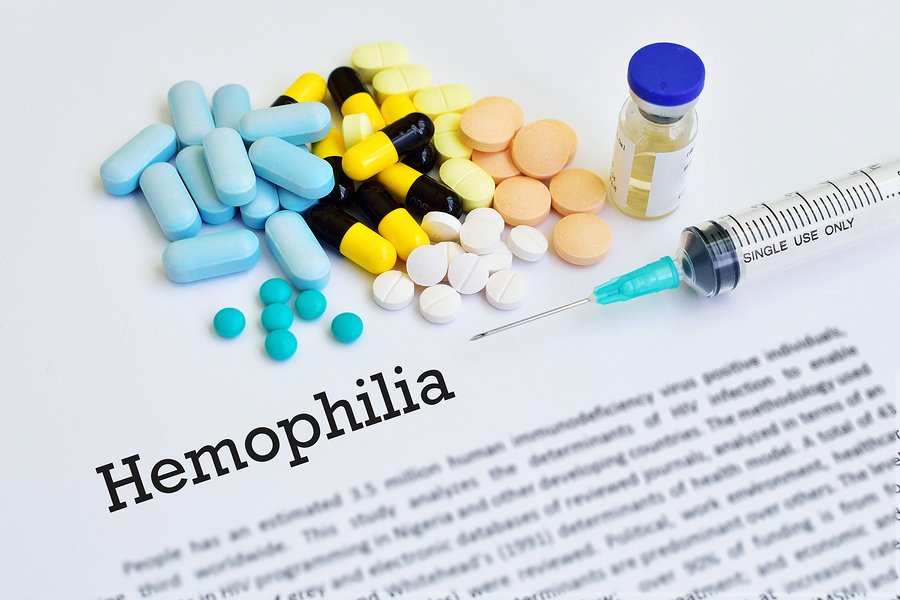The US Food and Drug Administration (FDA) Advisory Committee has voted 16-0 to approve semaglutide as a once-weekly treatment to improve glycemic control in adults with type 2 diabetes. Novo Nordisk submitted the application in December 2016 under the FDA’s Prescription drug user Fee Act V.
Recommendation for approval was based on a global development programme, which included eight Sustain phase IIIa clinical trials. In an interview with the American Diabetes Association held before the FDA vote, Novo Nordisk chief medical officer Todd Hobbs observed clinical trials showed the drug was more efficacious than similar competitor products. Three other once-weekly GLP-1 drugs are currently available in the United States: AstraZeneca’s Bydureon, Eli Lilly’s Trulicity and Merck & Co’s Januvia.
“The efficacy of semaglutide across eight trials was consistently, significantly better than comparators including a DPP-4 drug, including Bydureon, including glargine,” Hobbs stated. “Data we’ve seen so far against the weekly competitors is really strong, and we will go to payers with that. Also, the cardiovascular outcomes trial data is very unique, ” he added.
Semaglutide is a GLP-1 analog injection-type drug. It is a longer acting alternative to liraglutide, the brand name of which is Saxenda. It is used to control high blood pressure, particularly in patients with type 2 diabetes. It works by causing insulin to release in response to high sugar levels. Novo Nordisk is also trialing an oral version of the drug, which would be taken daily. The oral formulation is currently in a Phase III trial phase.
More than 100 million adults in the United States have either diabetes or prediabetes, which equates to around one-third of the population, according to the latest figures from the Centers for Disease Control and Prevention (CDC). The condition is usually managed with lifestyle changes - such as improved diet and increased physical activity - and with medication.
In September 2017, the FDA approved the FreeStyle Libre Flash Glucose Monitoring System, the first continuous glucose monitoring system for adults not requiring calibration using a blood sample. The system enables easier monitoring and management of diabetes using readings obtained from a sensor wire placed under the skin which continuously measures glucose levels.








